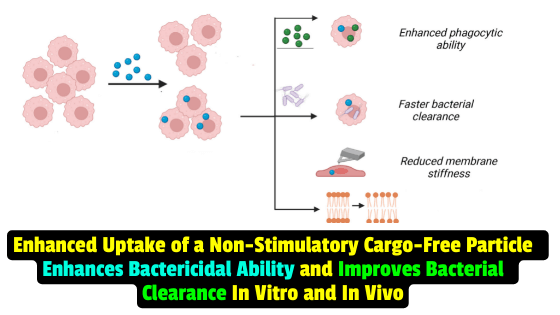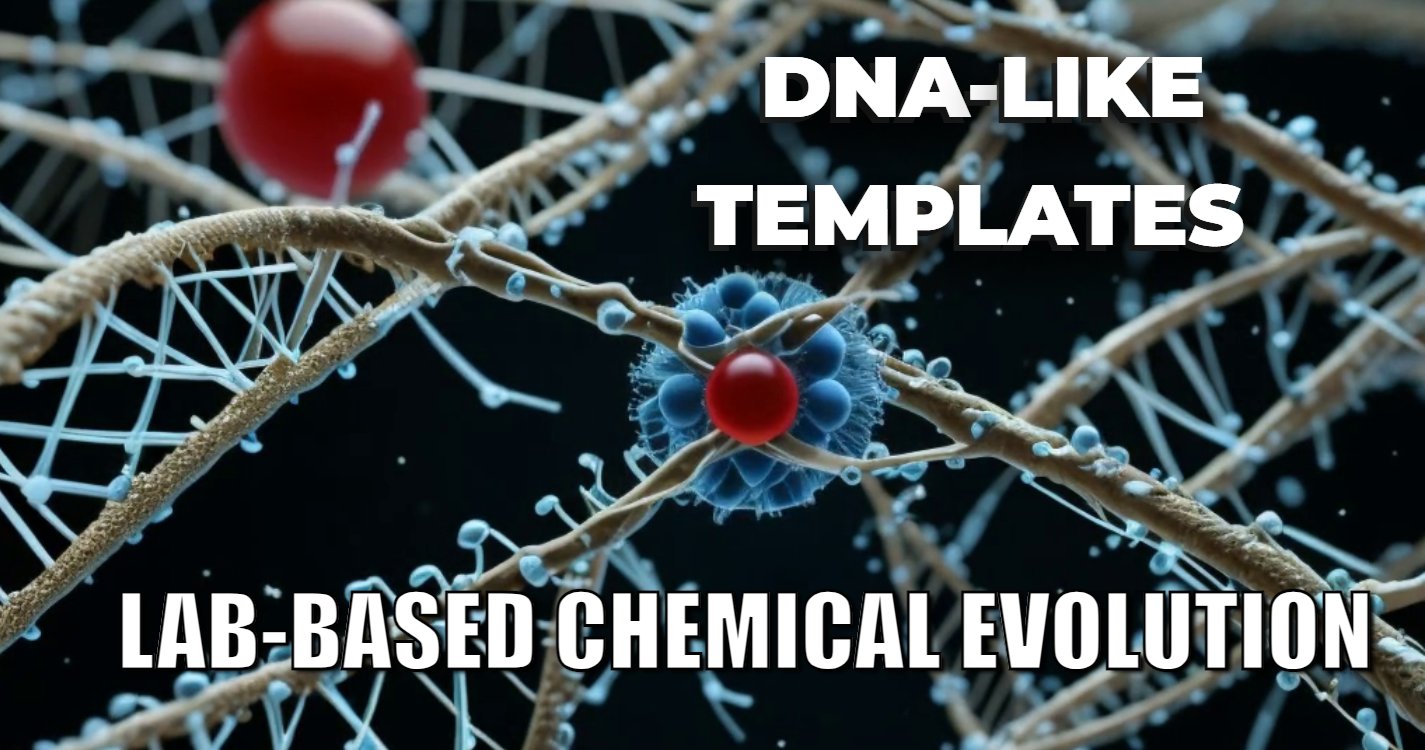Siddharth Jhunjhunwala and his team at the Centre for Biosystems Science and Engineering, IISc, have used particles that did not contain any drugs or other diagnostic agents. They showed that cells that received these nanoparticle-loaded particles became more efficient.
- When an immune cell recognizes synthetic nanoparticles as foreign and internalizes them, its ability to phagocytose pathogens appears to change.
- This change in a ‘particle-loaded phagocyte’ is unknown.
- The researchers looked at how these nanoparticles were taken up by three immune cells: monocytes, macrophages, and neutrophils.
- The researchers demonstrated in the lab that immune cells loaded with such nanoparticles could identify and destroy bacteria such as E. coli more quickly.
- This finding raises the prospect of inducing the immune system to clear infections and cellular debris more quickly, thereby promoting wound healing.
We constantly come into contact with foreign particles, some of which are dangerous to us. Specified immune cells recognize these foreign particles and attempt to destroy them.
In the age of medicine, we regularly come into contact with nanoparticles that are used to diagnose illnesses or to deliver drugs in a specific manner. If immune cells recognize these particles as foreign and internalize them, their ability to phagocytosis pathogens changes dramatically. It is unclear why immune cells acquire more ability to destroy foreign particles when loaded with a drug or other substance.
Siddharth Jhunjhunwala and his team at the Centre for Biosystems Science and Engineering, IISc, have used particles that did not contain any drugs or other diagnostic agents. They showed that cells that received these nanoparticle-loaded particles became more efficient. They identified that various immune cells – monocytes, macrophages and neutrophils – recognized nanoparticles as foreign and internalized them. They found that the ability of these immune cells to phagocytose and destroy these particles increased markedly.
Researchers at IISc found that if cells are given nanoparticles to eat, they become more active and kill more pathogens. This was not dependent on how large the particle was or what material it was made of. It was because the lipid membrane that surrounds cells became more flexible. Researchers from IISc showed in a lab that cells armed with such nanoparticles could see and kill bacteria like E. Coli. Coli in a few hours. E. Coli – kills the bacteria more effectively using nanoparticles. This allows the immune system to attack foreign invaders more effectively. It was found that adipocytes could quickly recognize and destroy pathogens ingested by other cells. They could quickly absorb and process fatty material and other particles introduced into the body as drugs. This finding could help the immune system recognize and destroy pathogens faster, reducing the time to heal wounds.
The researchers have published their findings in a scientific journal and applied for a patent to allow this particle technology’s use for medical purposes.
Brief of research work-
In this study, the research team demonstrates that the uptake of a non-stimulatory cargo-free particle enhances immune cells’ phagocytic and bactericidal ability. In addition, we show that a consequence of the enhanced uptake ability is faster clearance of bacteria both in vitro and in vivo. Our results suggest that particles may have unintended effects on immune cells, which should be addressed when evaluating the compatibility of newly designed nano- and micro-particulates for clinical use.
Particle uptake-driven phagocytosis in macrophages and neutrophils enhances bacterial clearance.
Sharma; Vijaykumar; Raghavan; Rajendra Rananaware; Alakesh; Bodele; Rehman; Shukla; Wagde; Nadig; Chakrabarti; Visweswariah; Nandi; Gopal; Jhunjhunwala 2022
Full-text link: https://doi.org/10.1016/j.jconrel.2022.01.030
What this paper is about
- Based on the physicochemical properties of a synthetic particle, reports have suggested that phagocytic immune cells may be activated towards an inflammatory or anti-inflammatory phenotype.
- Using various phagocytic cell types and particles, we demonstrate that the uptake of a non-stimulatory cargo-free particle enhances the phagocytic ability of immune cells.
- Finally, we demonstrate that a consequence of the enhanced uptake ability is faster clearance of bacteria both in vitro and in vivo.
What you can learn
- While heterogeneity in phagocytic capacity exists, our cell-sorting data imply that an increase in phagocytic capacity may also be induced.
- Finally, it is important to note that the non-stimulatory cargo-free particulates change an immune cell’s phagocytic ability but not it is killing capacity.
- Hence, we may utilize non-stimulatory cargo-free particles to increase immune cells’ phagocytic ability, which could have applications in improving bacterial clearance.
- After 2 h, mice were injected intraperitoneally with 400 to 1000 S. After 48 h of bacterial injection, mice were euthanized, peritoneal lavage was performed with 5 ml of ice-cold PBS-EDTA, and peritoneal exudates were collected.
- After 2 h, mice were injected intraperitoneally with ~3 10 8 S. epidermidis.
- 5 10 5 cells were seeded in each well of a 6-well plate and incubated at 37 C for 2 h to allow peritoneal macrophages to adhere.




